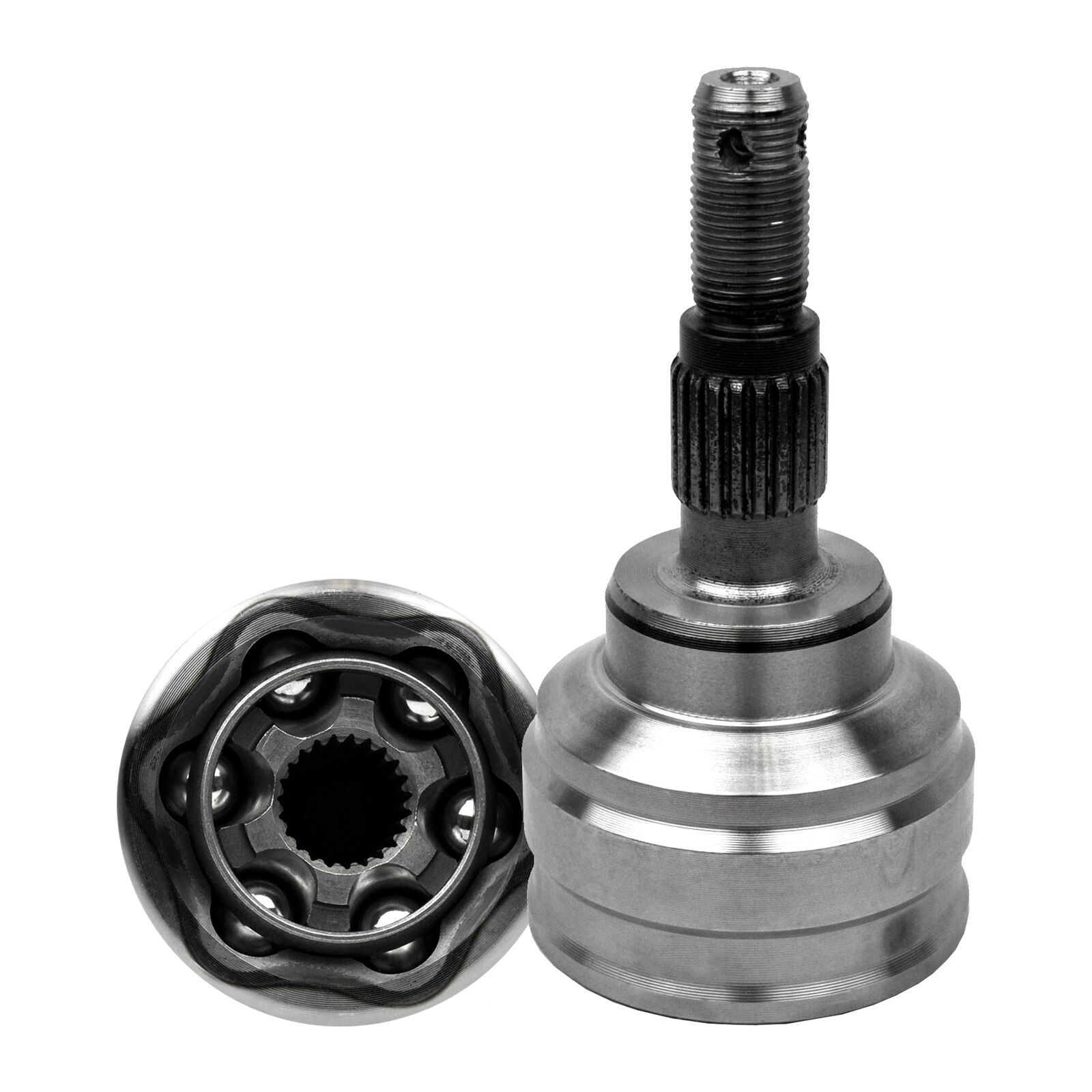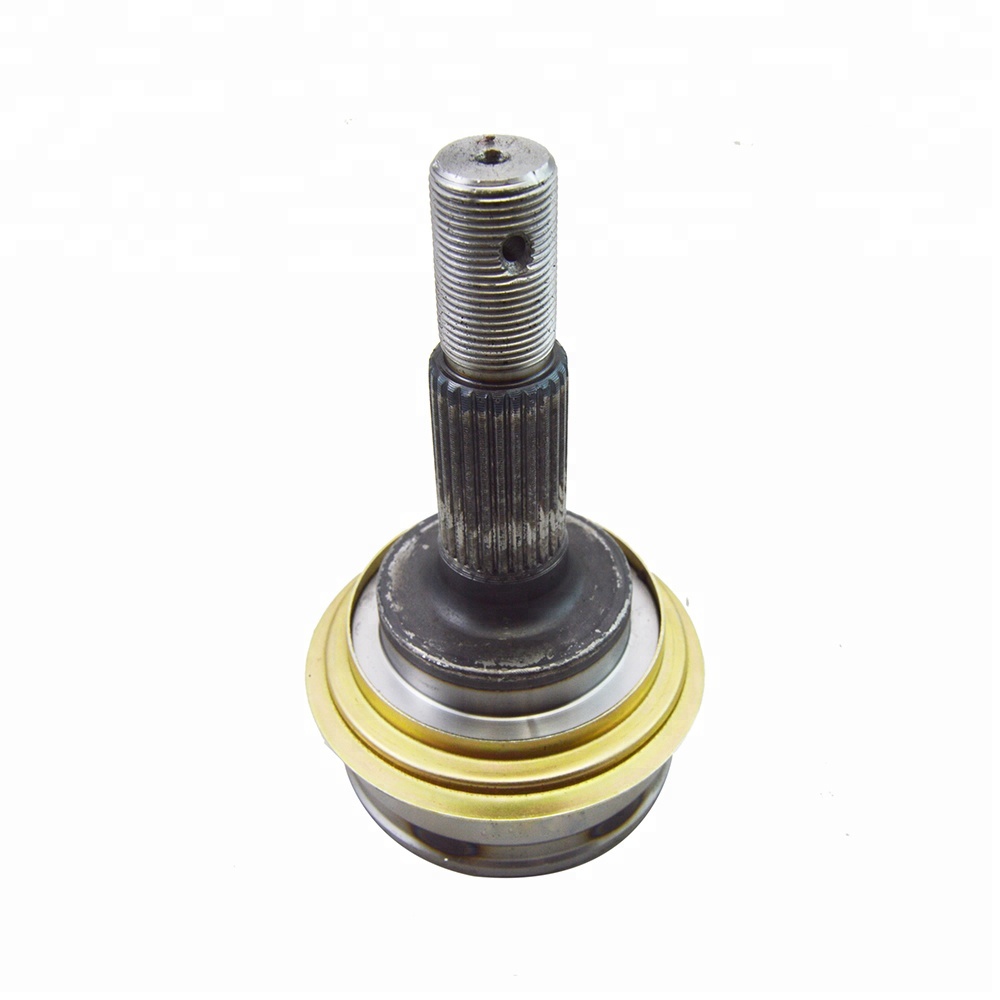CV. Joint
A constant velocity Joint is a mechanical coupling in which the rotational speed of the output shaft is the same as that of the input shaft whatever the operating angle of the joint.
In most applications, the inboard CV Joint is a plunge joint that allows the effective length of the side shaft to change due to sispension travel. In front (or steer) axle applications, the outboard joint must transfer torque effectively through a wide angle (uo to 52 degrees). In rear axle applications, joint operating angles are much lower.
- File locked with password.
Download PDF Catalog
File locked with password.
Free Download PDF Catalog
Only members and friends login in our website.
The password of catalog will be sent to the email that you provide in the followin form:
Description
A constant velocity Joint is a mechanical coupling in which the rotational speed of the output shaft is the same as that of the input shaft whatever the operating angle of the joint.
In most applications, the inboard CV Joint is a plunge joint that allows the effective length of the side shaft to change due to sispension travel. In front (or steer) axle applications, the outboard joint must transfer torque effectively through a wide angle (uo to 52 degrees). In rear axle applications, joint operating angles are much lower.
Free Download PDF's Catalog's
- File's locked with password.
Download PDF Catalog
File locked with password.
Free Download PDF Catalog
Only members and friends login in our website.
The password of catalog will be sent to the email that you provide in the followin form:
Free Download PDF's Catalog's
- File's locked with password.
Download PDF Catalog
File locked with password.
Free Download PDF Catalog
Only members and friends login in our website.
The password of catalog will be sent to the email that you provide in the followin form:
Free Download PDF's Catalog's
- File's locked with password.
Download PDF Catalog
File locked with password.
Free Download PDF Catalog
Only members and friends login in our website.





